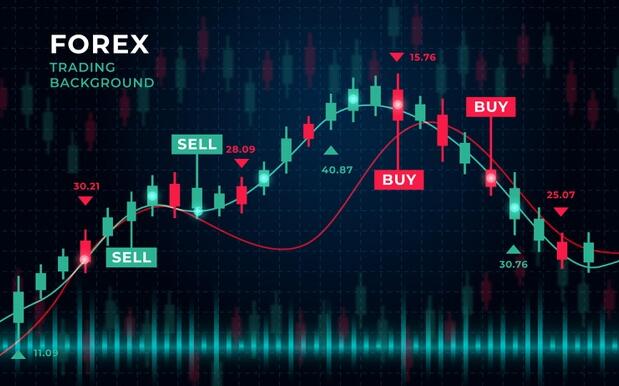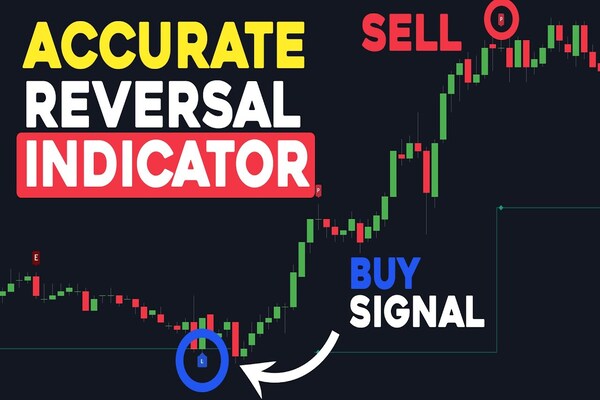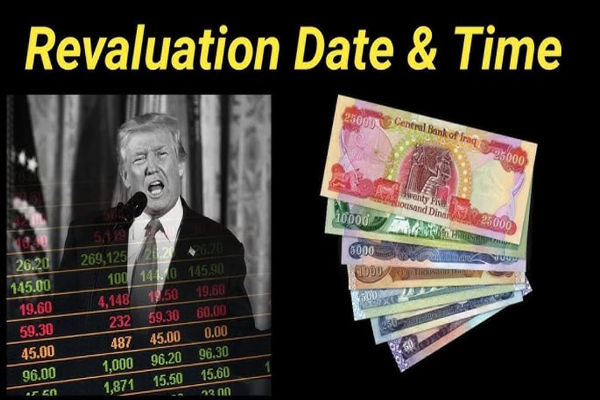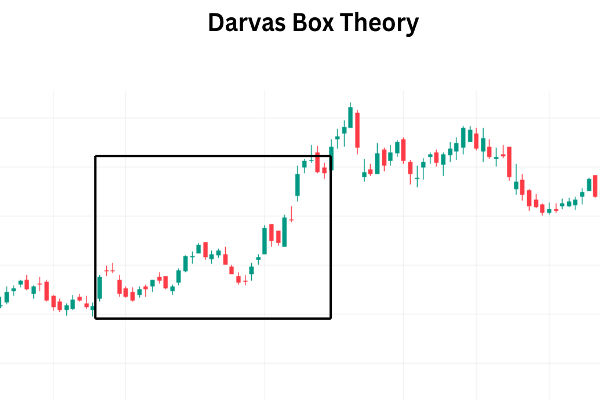Forex Yield Curve
The interest rate curve rises from left to right because higher annual
interest rates reflect an increase in investment risk as the years go by. On
this yield curve, if the long-term yield is higher than the short-term yield,
the yield curve will be steep. The yield curve refers to a chart of returns for
a group of bonds or other financial instruments with the same currency and
credit risk but different maturities. The vertical represents returns, while the
horizontal represents the time to maturity.

Types of Yield Curves and Their Significance
There are many different yield curves, such as the benchmark yield curve of
government bonds, the yield curve of deposits, the yield curve of interest rate
swaps, the yield curve of credit, etc. The reference standard for other
Securities in the market is the benchmark yield curve, and the securities used
must meet the characteristic standards of liquidity, scale, price, availability,
circulation speed, etc.
The yield curve is not static and can change quickly and at any time. For
example, the few words spoken by central bank officials may trigger higher
inflation expectations, leading to a greater decline in long-term bond prices
compared to short-term bonds.
Generally, the yield curve rises from left to right because a higher annual
interest rate can better reflect the increase in investment risk with the
passage of time. On this yield curve, if the long-term yield is higher than the
short-term yield, the yield curve will be steep.
The reverse hanging yield curve declines from left to right, reflecting the
abnormal phenomenon that the short-term yield is higher than the long-term
yield. Perhaps it is because investors anticipate a decrease in long-term
inflation or a significant decrease in bond supply, both of which will lower
yields. When it comes to interest rates, financial commentators usually say that
interest rates fluctuate up and down, as if every change in interest rates is
consistent. In fact, if the maturities of bonds are different, the direction of
interest rates will vary, and the trends of long-term and short-term interest
rates will diverge. The key lies in the overall shape of the yield curve and its
enlightenment on the future trend of the economy or market.
Analyzing Economic Trends Through the Yield Curve
To find clues about the trend of interest rates from the yield curve,
investors and enterprises should pay close attention to its shape. The basis of
the yield curve is the yield you get by buying short-term, medium-term, and
long-term Treasury bonds of the government. According to the maturity curve from
holding bonds to principal recovery, the yields of different bonds can be
compared.
The shape of the yield curve is based on the different lines of Treasury bond
yield points on the vertical axis as well as the bond's annual maturity point on
the horizontal axis. Now you can see that the yield curve above is somewhat
steeper, and the yield of annual bonds is almost higher than that of a
three-month short-term Treasury bond. In general, the difference between these
two types of bonds is close, and if the difference is higher than this
percentage, it indicates that the economy is expected to improve in the
future.
The sharp rise in yield generally occurs in the early stages of economic
growth, closely following the economic recession. During this period, economic
stagnation suppressed short-term interest rates, but Yidan's economic activities
restored demand for capital and the fear of inflation, leading to a general rise
in interest rates.
Traditionally, a reversal curve indicates that the economy is about to slow
down. Financial institutions like banks usually borrow at short-term interest
rates and borrow for the long term. Generally speaking, when long-term interest
rates are higher than short-term interest rates, both are relatively high, and
banks usually borrow less funds in this situation. Generally speaking, a
decrease in corporate borrowing can lead to a credit squeeze, slow business
development, and an economic recession.







